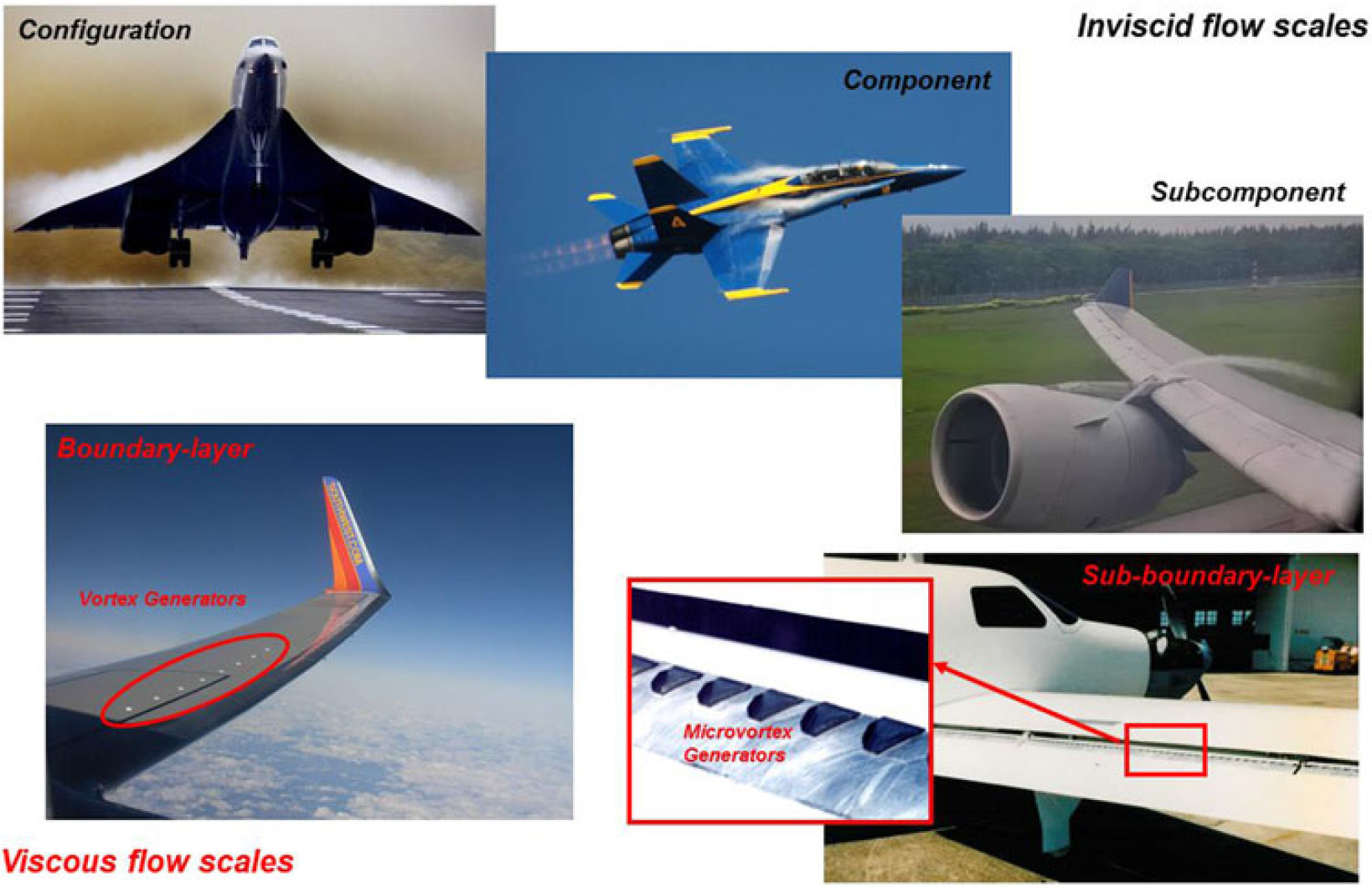X-Vortex Flow

X-Vortex Flow in aviation refers to the use of vortices (swirling flows of air) to improve aircraft control and maneuverability at high angles of attack (when the aircraft is tilted sharply upwards). This technique was primarily explored through the X-29 Advanced Technology Demonstrator aircraft, which featured a forward-swept wing that induced vortices that were then manipulated to enhance control at high angles of attack.
Historical Context
Early Research
The study of vortex flow in aviation began in the early 20th century, with scientists like Frederick Lanchester investigating wingtip vortices and their impact on lift and drag. See also: Cambridge University Press
X-29 and Vortex Control
The X-29 program in the 1990s focused on demonstrating the use of vortex flow control for increased control at high angles of attack.
Forward-Swept Wings
The X-29's forward-swept wing geometry was designed to create and manipulate vortices that could be used to improve control, especially when conventional control surfaces might be ineffective.
Vortex Lift
Vortex lift is a concept where the vortices generated by a wing, particularly at its leading edge, can contribute to lift, especially at high angles of attack.
Applications
Vortex lift is used on various aircraft, including delta-winged fighters, and has been explored on aircraft like the X-29 and the Concorde supersonic airliner.
X-Vortex Flow and the X-29
Increased Control
The X-29 demonstrated that by manipulating vortices, pilots could maintain control at angles of attack where conventional aircraft might stall or become uncontrollable.
Vortex Manipulation
The X-29 utilized a combination of forward-swept wings, movable canards (small control surfaces at the front), and other techniques to control the vortices generated by the aircraft.
Research Missions
The X-29 conducted numerous research missions, including 60 dedicated to the "vortex control" phase, exploring the potential of this technology.
Future Development
The X-29's research contributed to a broader understanding of vortex flow and its potential applications in aviation, including maneuverability, stability, and control at high angles of attack.
Summary
In summary, X-Vortex Flow in aviation refers to the use of vortices to enhance control and maneuverability, particularly at high angles of attack. The X-29 aircraft was a key demonstrator of this technology, showcasing the potential of manipulating vortices for improved flight characteristics.
